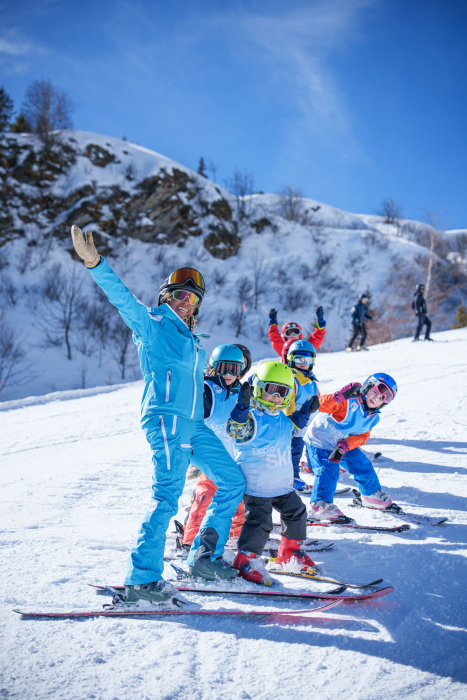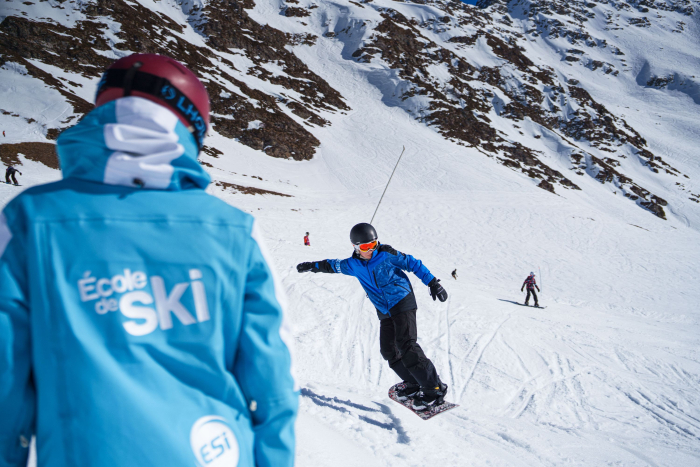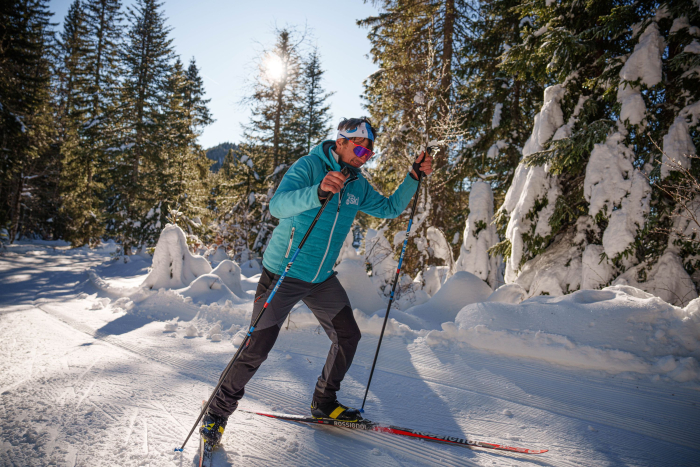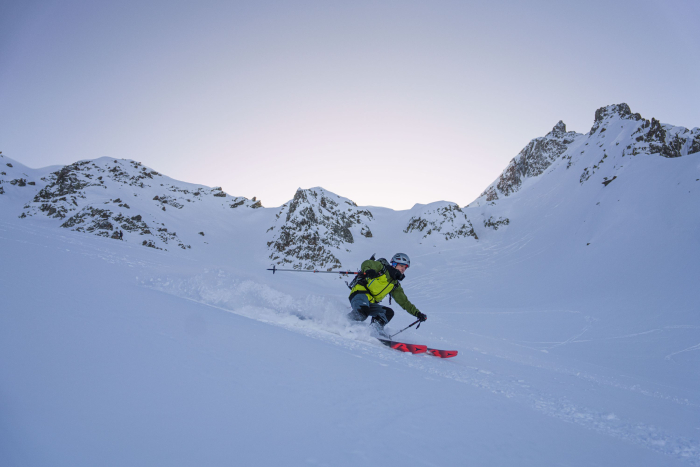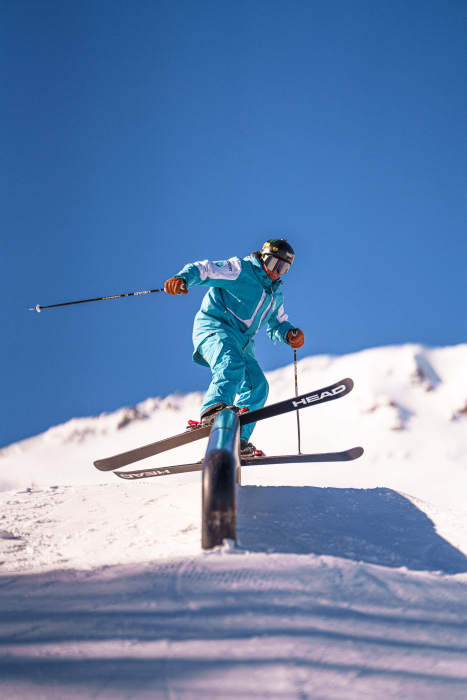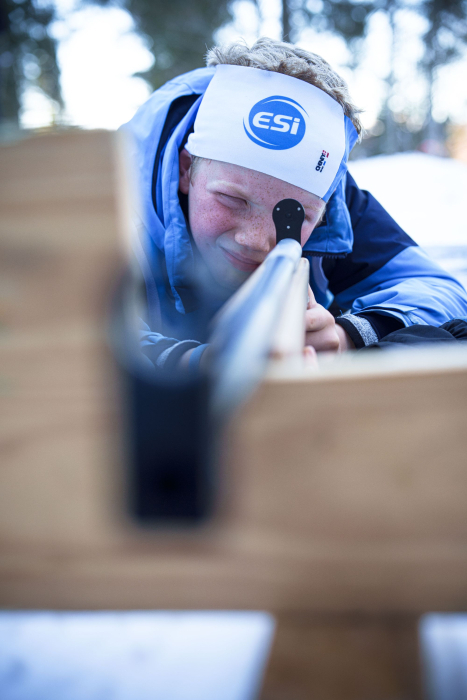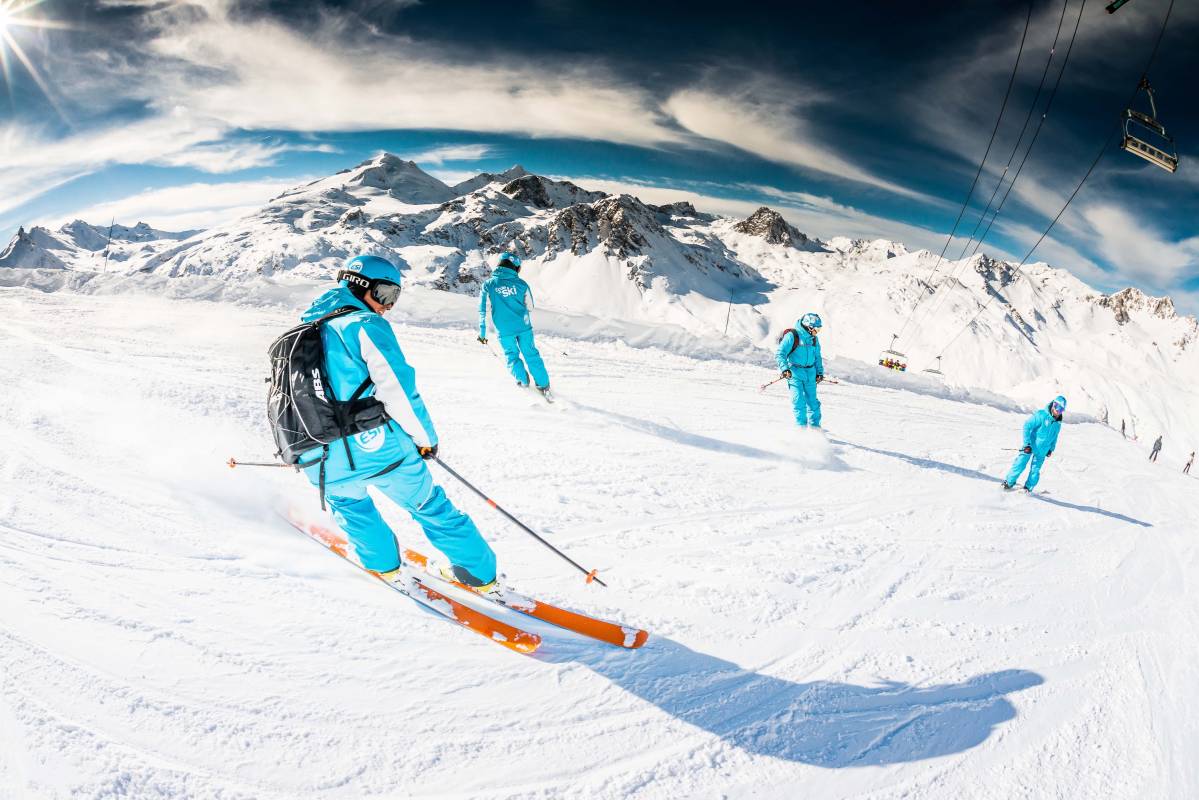The features
The Hood
Hoods are surprisingly important; many people choose to remove the hood from their jacket, but it is a remarkably useful feature. The hood helps protect your neck (where much of the heat is released) from wind and snow. Especially in rough conditions, you may want to wear your hood over your helmet to protect yourself and stay warm during runs.
The Snow Skirt
Regardless of your level, a snow skirt prevents snow from getting into your jacket in the event of a fall, which we know happens at all levels. The snow skirt also provides extra insulation, trapping more heat around your body. If you're skiing on a blue sky day, the snow skirt is usually removable and you can take it off for added comfort. This is a great feature for freeriding and powder skiing.
Pockets
Pockets are your secret weapon! Not only will you store your ski pass in a pocket, but smart pockets make a day on the slopes so much more convenient. For example, chest pockets with an opening on both the inside and outside where you can place headphones.
Zippers and ventilation
Seams and zippers are the weakest points in a garment. Look for jackets with taped seams so that water cannot penetrate, even in harsh conditions and deep powder. Zippers can be reinforced with super smart soft fabrics to increase comfort and waterproofing. Strategically placed ventilation zippers are also important. When you get hot, you can simply open these ventilation zips and let the air in to cool you down.
The RECCO System
If you're a more experienced skier or looking to try your hand at freeriding, look for jackets with RECCO technology. RECCO sensors are built into the ski jacket, which improves the searchability of an avalanche. It is not a replacement for the avalanche transceiver and other avalanche
and other avalanche safety equipment, but the integration of RECCO technology is an additional precaution.
So those are the main features to focus on when looking for the best ski jacket for you. The main thing is that you focus on your skiing experience and your jacket certainly shouldn't hold you back. Spending money on a flashy branded jacket doesn't necessarily mean you'll get a better performing jacket. However, it is worth investing in high-quality jackets to help you develop your skiing skills.
![ESI [Hiver]](/build/assets/images/logo_esi-winter.cbe060df..png)
